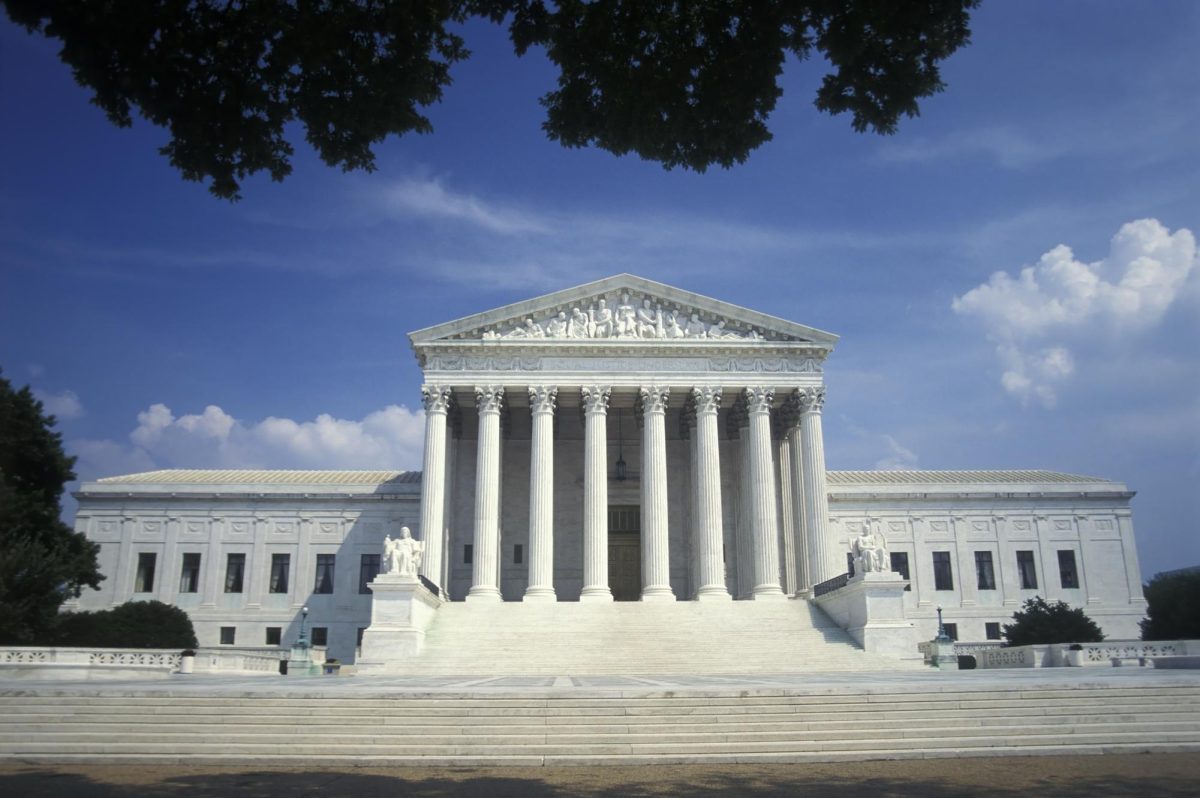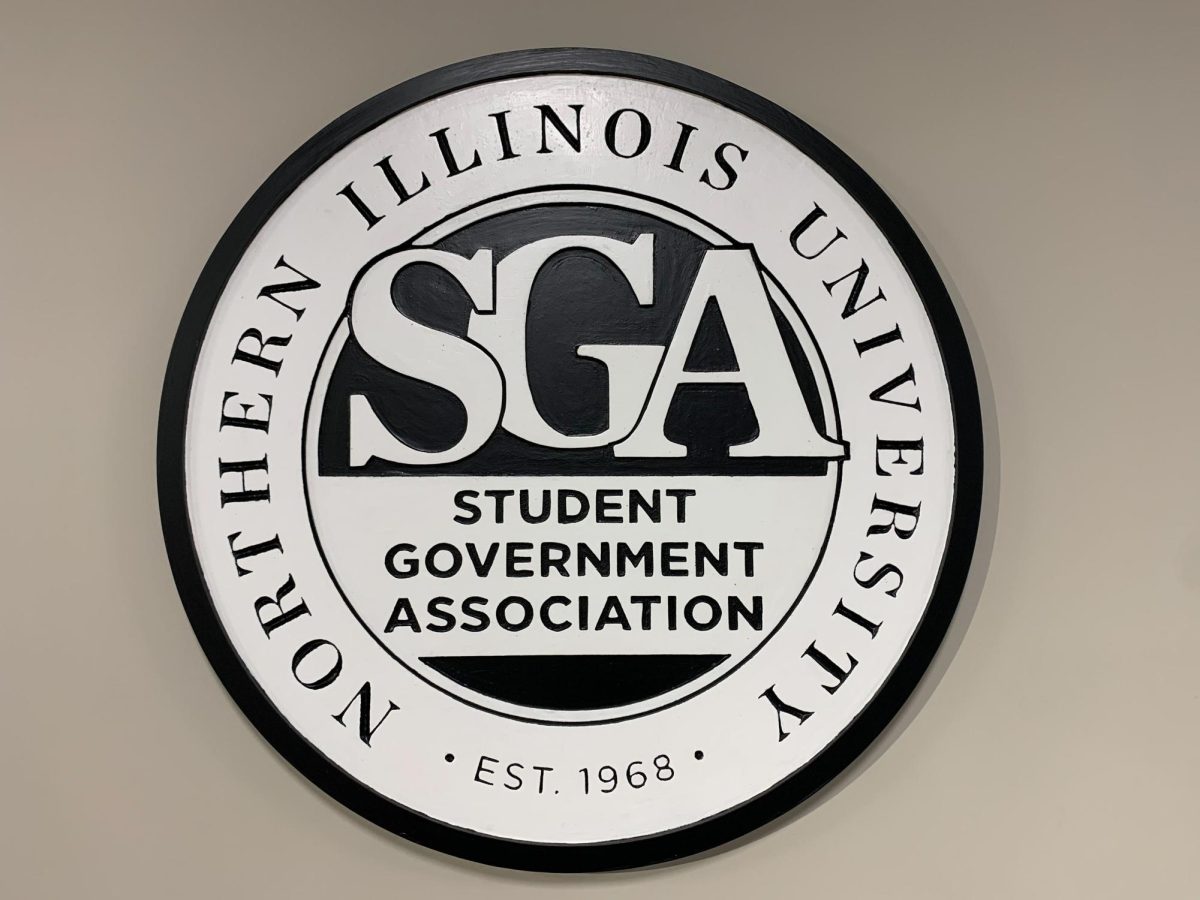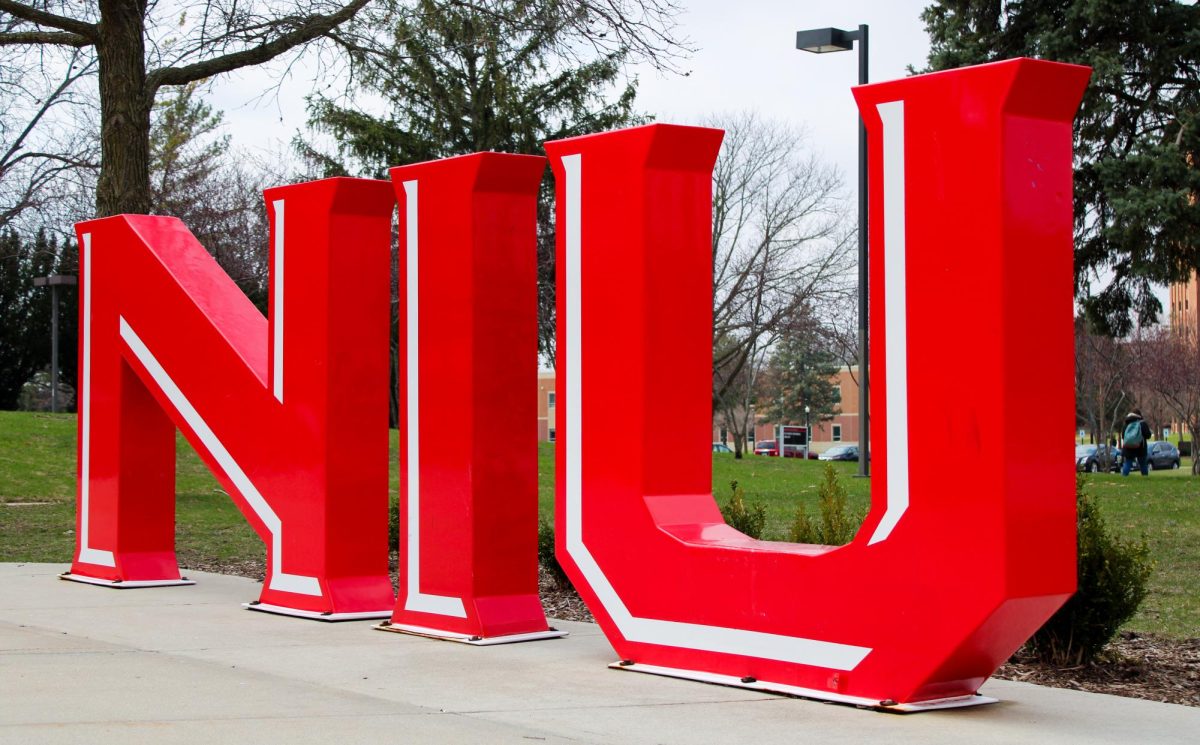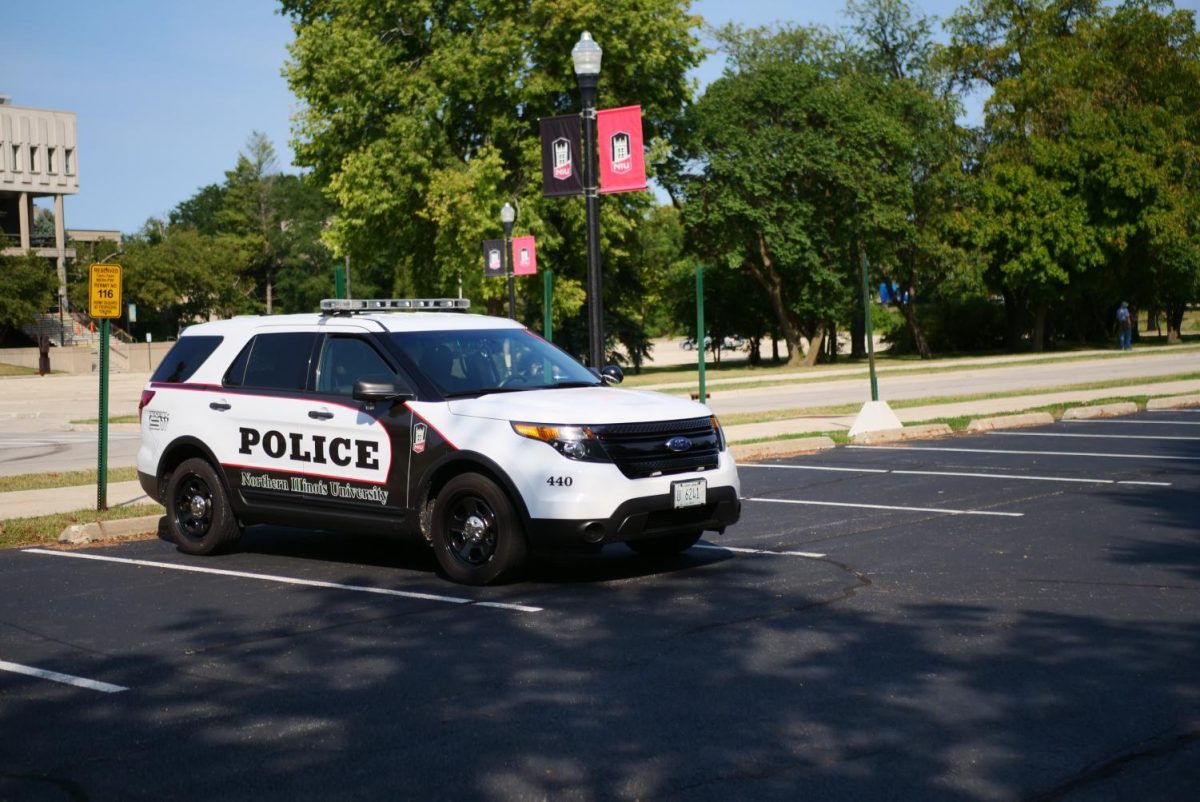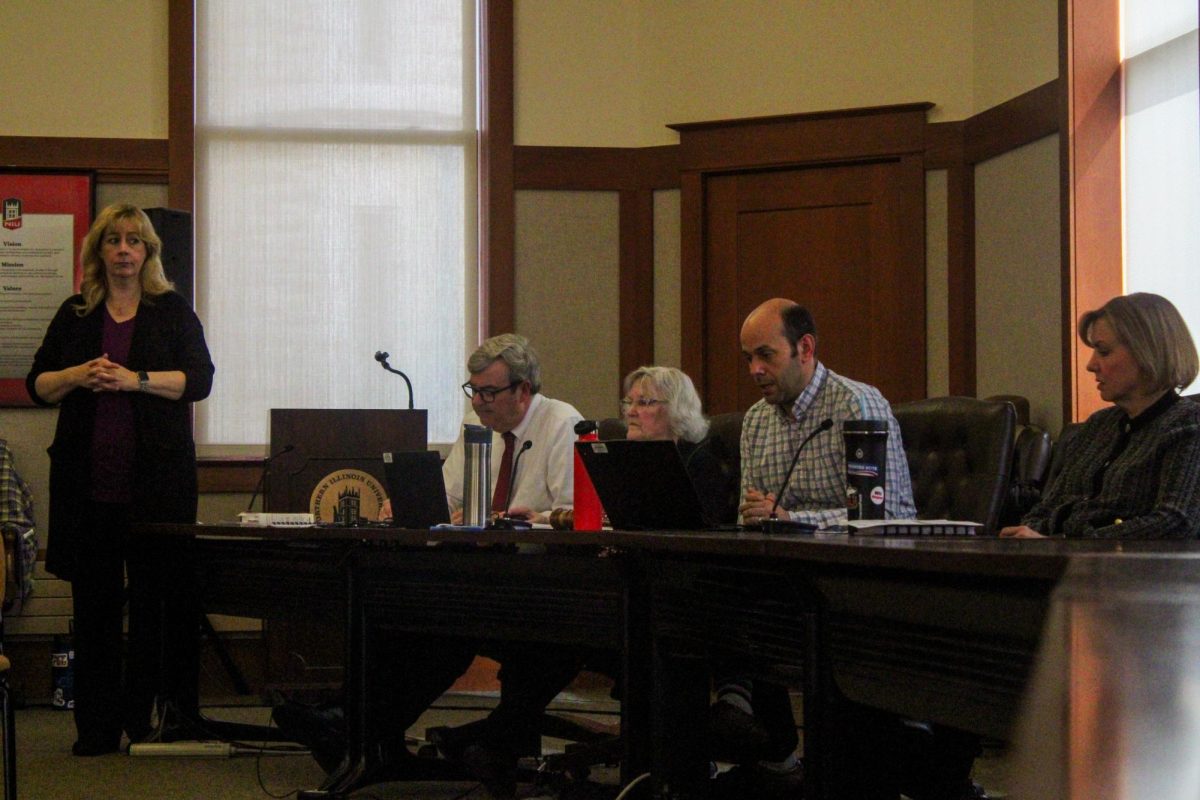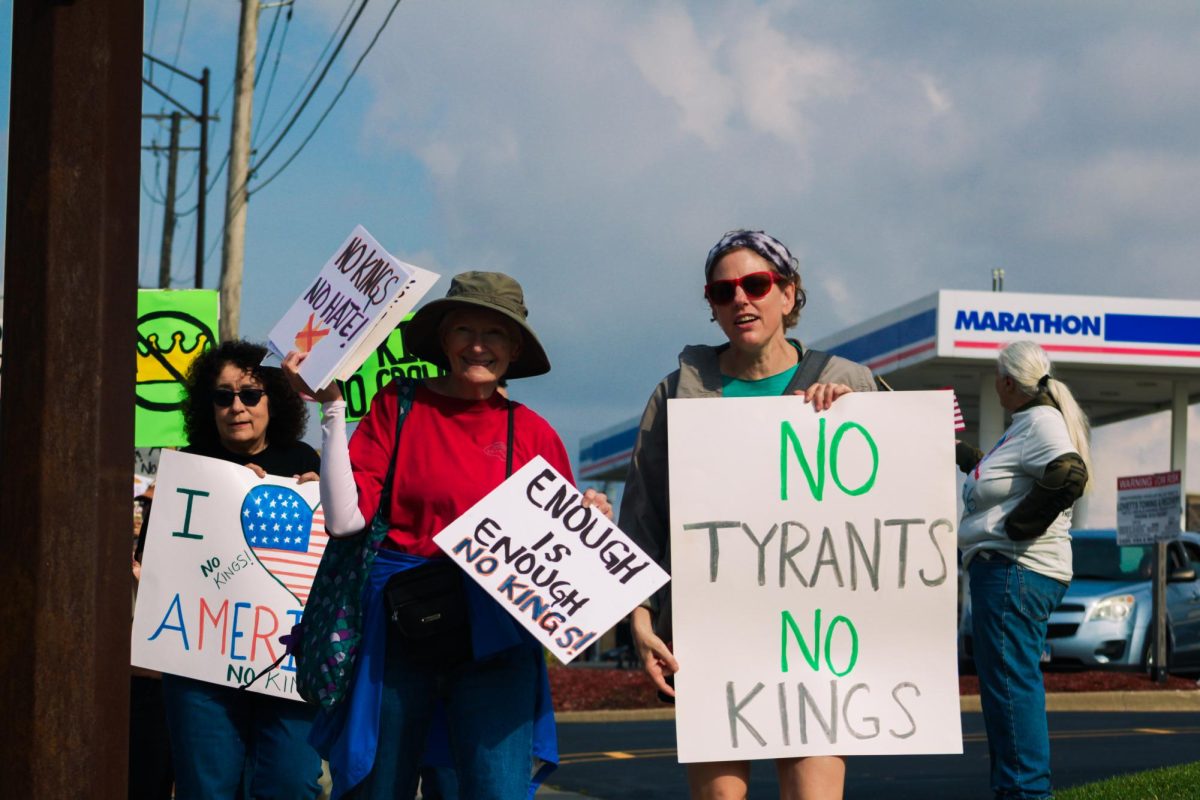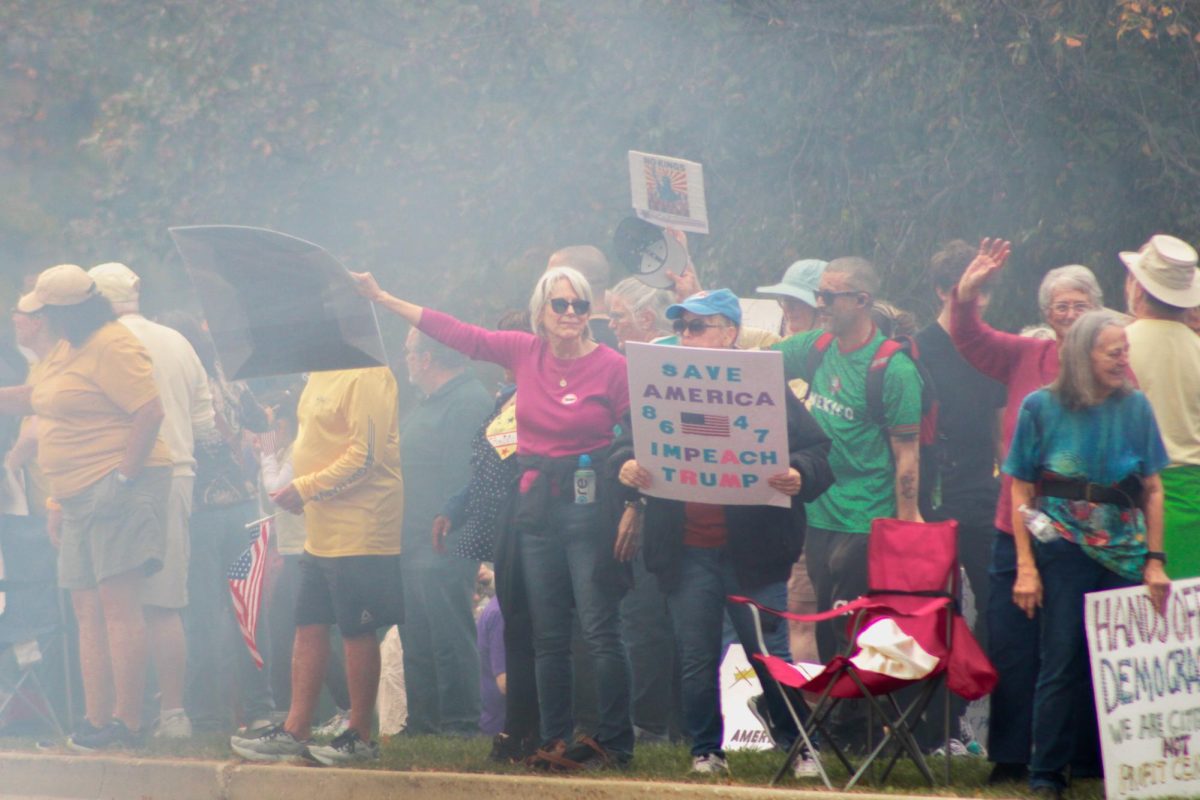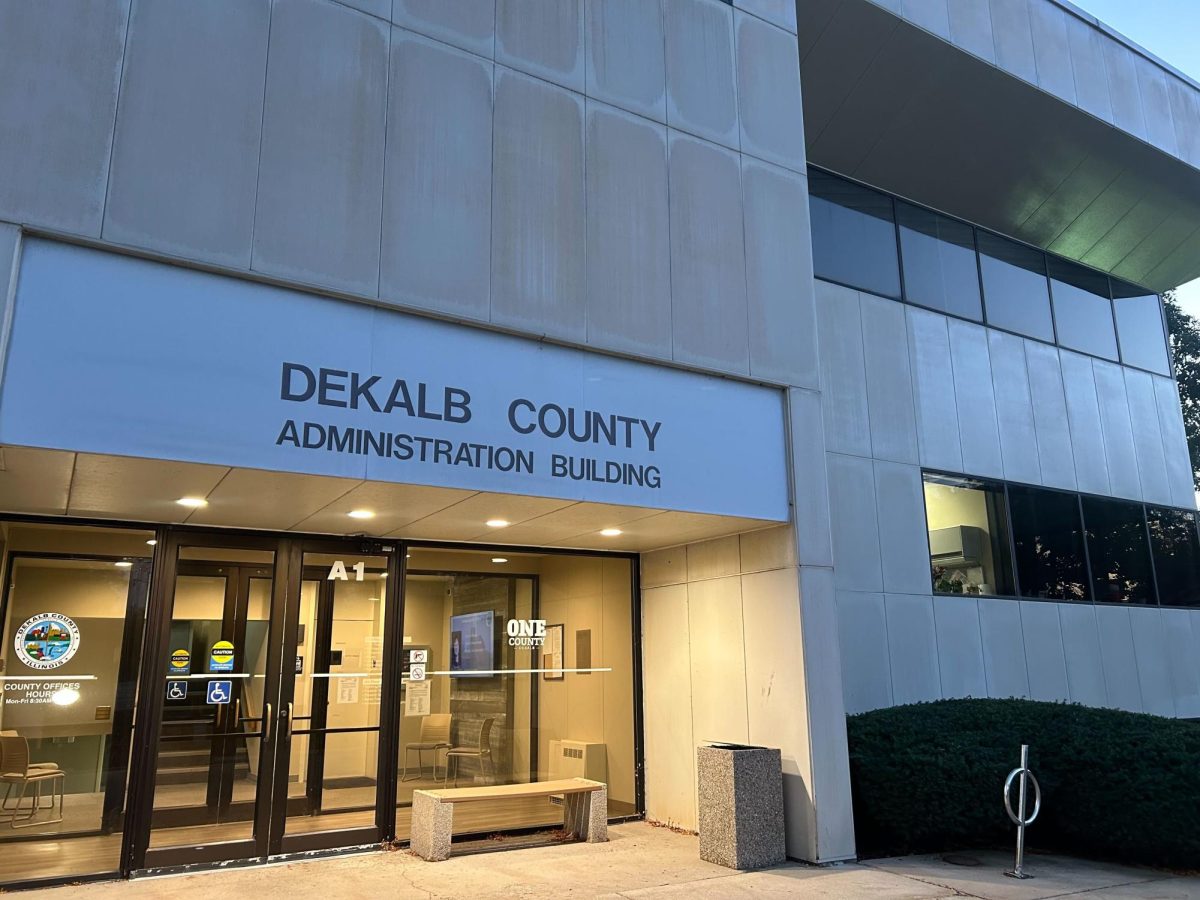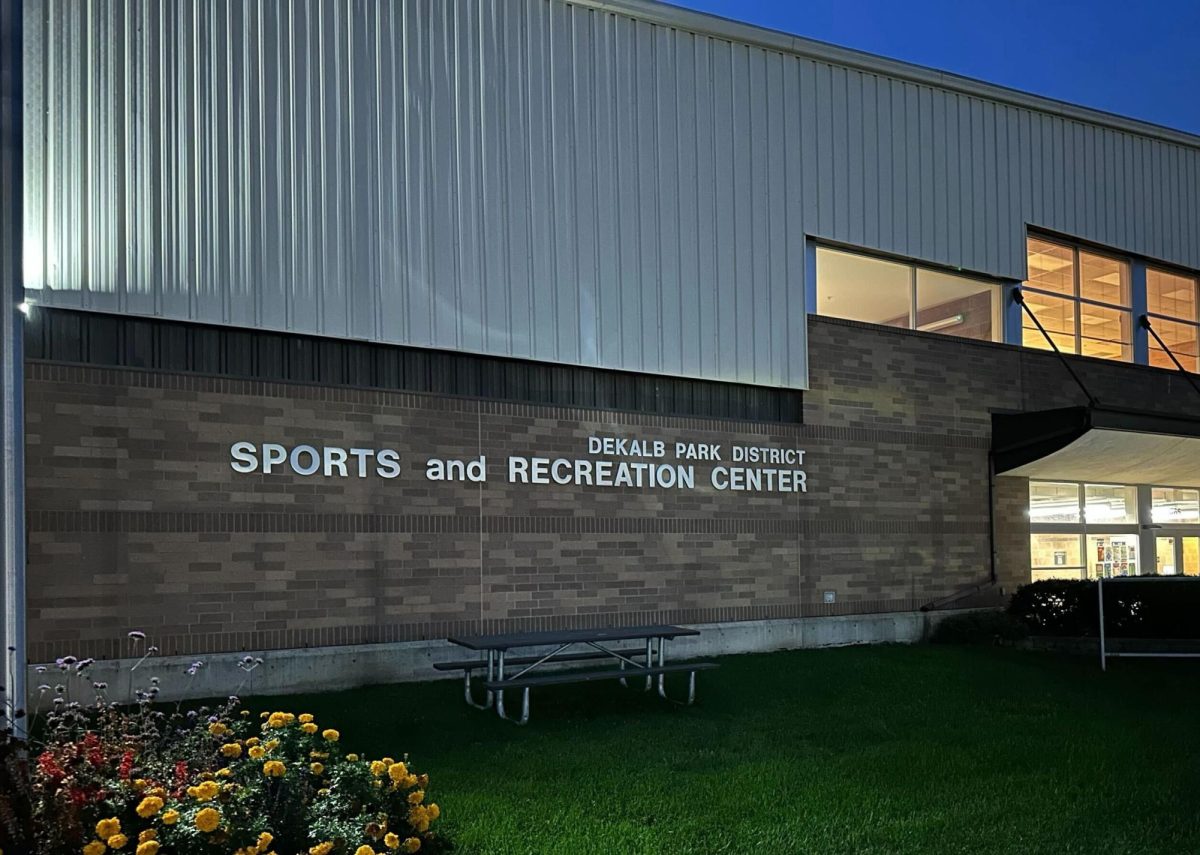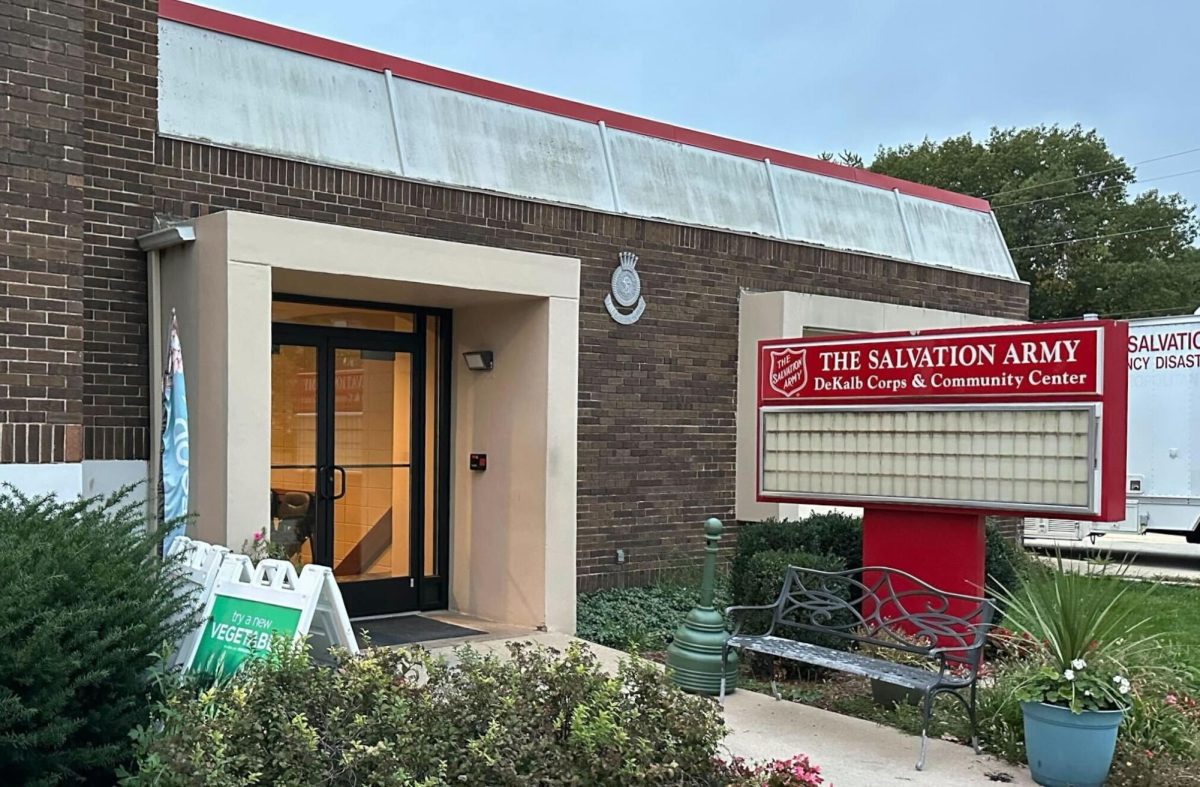DeKALB – On Aug. 28 the United States Supreme Court rejected the Biden administration’s new Saving on a Valuable Education (SAVE) plan, affecting the more than eight million people already enrolled in the program.
The SAVE plan sought to lower or even eliminate monthly payments for students who borrowed loans via the Direct Loan Program.
Scot Schraufnagel, a political science professor, approached the issue from an economic angle:
“When you do loan forgiveness, that spurs economic activity in the country; that gives people more disposable income, which should grow the economy. And it’s [for] people who are maybe tight economically because of student loans and so forth, so that’s a good thing,” Schraufnagel said. “Growing the economy too fast can lead to inflation, and so if there are other policies that have been put in place that are already stimulating the economy, additional policies at this point might be problematic.”
The SAVE plan follows the Supreme Court’s 2023 rejection of Biden’s previous student loan forgiveness plan, which would have supported almost 40 million borrowers in repaying their debt.
Now that the plan was rejected, students enrolled in the SAVE plan have been placed into a forbearance, meaning that payments and interest are paused until the legal situation is resolved.
With American universities facing an ‘enrollment cliff’ within the next decade, there may be fewer students attending college due to a variety of reasons including costs that students simply cannot afford.
“People nowadays are kind of going against college [due to] the fact of: yes, you get an education, but the negative is that you have to deal with debt, and if you don’t have a high-paying job right away, it takes even longer to pay off the debt,” said junior marketing major Maxwell Wearsch.


